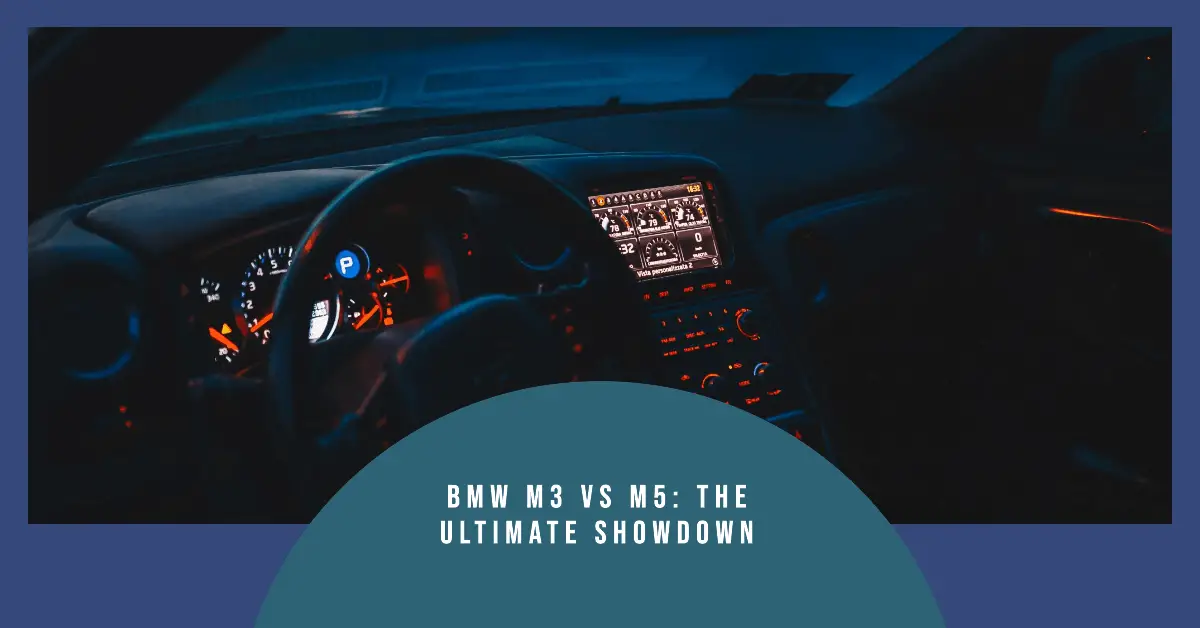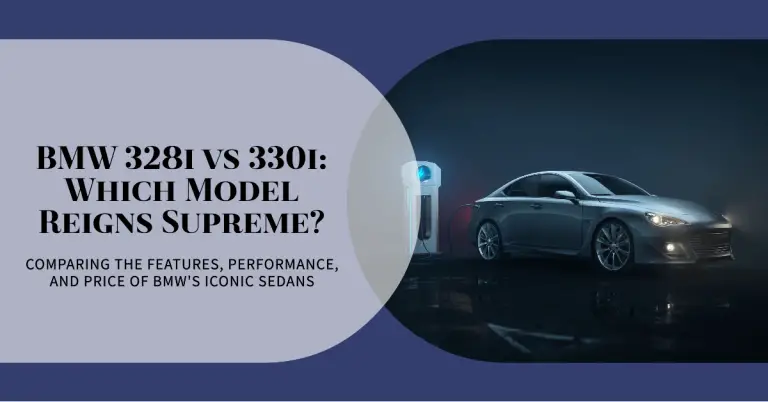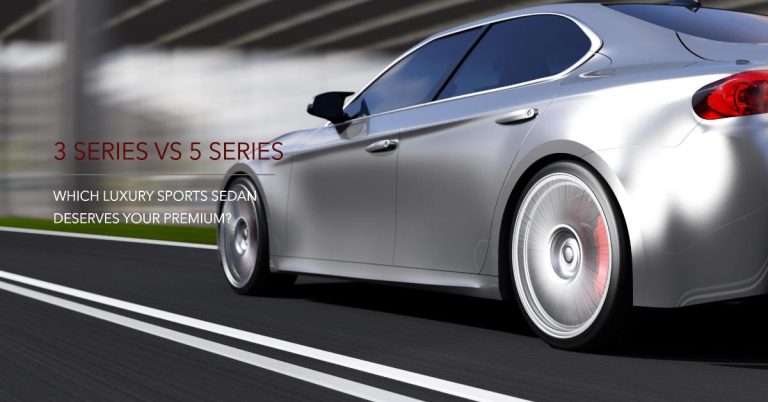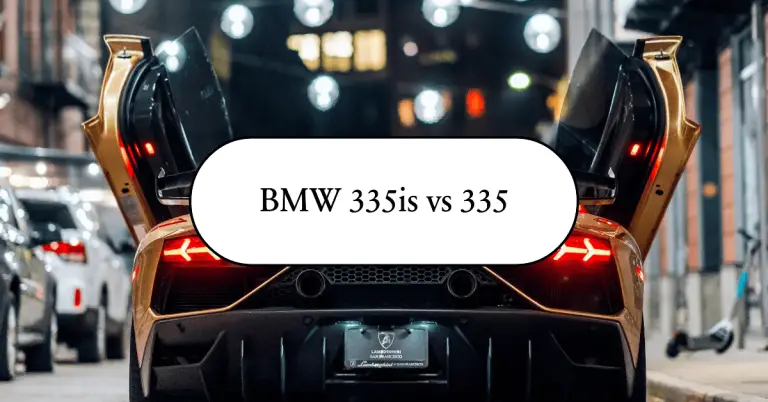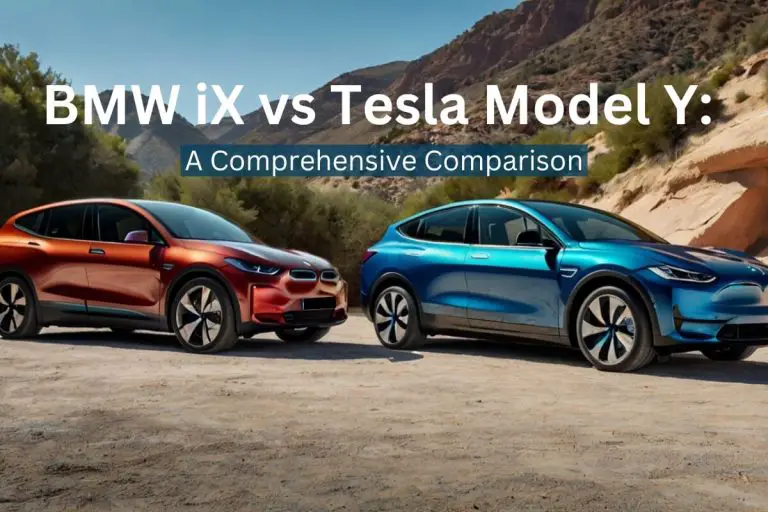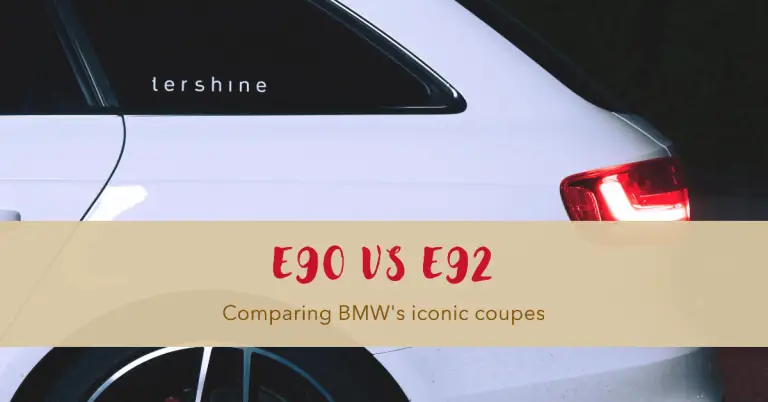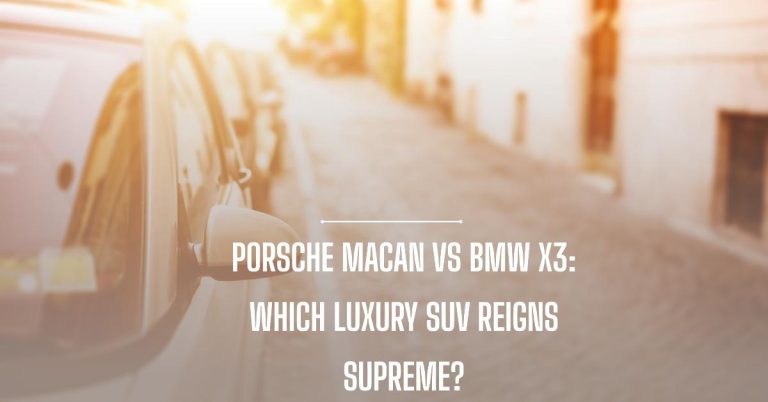BMW M3 vs M5: Which Iconic Performance Sedan is Better?
BMW’s M division has produced some of the most iconic high performance cars over the past few decades. Two of the most legendary M cars are the M3 and M5 sedans, which have battled each other for supremacy as the ultimate BMW driving machine.
The M3 embodies the race-ready, corner-carving coupe, while the M5 represents the pinnacle of four-door practicality and grand touring refinement. But which sedan truly delivers the best blend of power, handling, daily drivability, features, and value?
In this comprehensive head-to-head matchup, we’ll compare the latest generation BMW M3 and M5 models across all the key categories to settle the score once and for all!
Overview of the Legendary BMW M3
The M3 has built up its status as an automotive icon over five generations spanning over 30 years. BMW debuted the first E30 M3 in 1986 as a homologation special to compete in touring car racing.
This initial M3 was powered by a high-revving 2.3L inline four cylinder making 192 hp, which didn’t seem too impressive on paper. But the E30 M3 defined itself with nimble handling, incredible balance, and razor-sharp throttle response – becoming a legend among driving enthusiasts in the process.
Second generation E36 and E46 M3 models continued the formula of a lightweight, track-focused coupe with in-line six cylinder engines producing up to 338 hp.
The V8-powered E9X M3 ushered in more power and luxury appointments, while staying true to the car’s precision handling roots.
The current F80 generation M3 brings performance to new heights by packing a twin-turbo 3.0L straight six making 425 hp and 406 lb-ft of torque, enabling 0-60 mph sprints in just 3.7 seconds.
This S55 engine builds on the heritage of high-revving M3 motors while adding immense torque across the powerband. The F80 chassis provides tenacious grip and react-at-the-speed-of-thought reflexes.
Now in its sixth generation G80, the M3 continues dominating as the definitive small performance coupe thanks to its racing-influenced DNA.
Overview of the Mighty BMW M5
Whereas the M3 grew from racing homologation, the M5 emerged in the mid-1980s as a way to bring exotic supercar performance to a refined, luxury-laden sedan.
The E28 M5 arrived in 1984 powered by the M1 supercar’s 3.5L six cylinder making 282 hp, giving the M5 supercar pace in an unassuming package. This formula carried forward through second gen E34 and E39 M5 models in the 1990s, with naturally aspirated straight six engines delivering north of 300 hp.
The 4th generation E60 M5 raised the bar substantially in terms of power and luxury appointments. Its 5.0L V10 churned out a monstrous 500 hp while wrapped in leather and the latest tech of the time.
Performance climbed even higher with the twin-turbo F10 M5 putting out 560 hp, enabling 0-60 times under 4 seconds – which was unthinkable territory for a sedan just a decade prior.
The latest F90 M5 has an upgraded twin-turbo 4.4L V8 pushing 617 hp, meaning this practical luxury sedan can outgun most dedicated supercars on the road. Yet the M5 retains its essence as a discreet gentleman’s express.
While not the track weapon that the M3 strives to be, the M5 combines executive sedan refinement with shocking performance capabilities.
Performance and Power Comparison
When it comes to horsepower and acceleration times, the M5 has consistently held the upper hand thanks to larger displacement engines with forced induction.
The current M5’s 4.4L twin-turbo V8 makes 617 hp and 553 lb-ft of torque, enabling a 3.1 second 0-60 mph time.
By comparison, the M3’s 3.0L twin-turbo straight six produces 425 hp and 406 lb-ft, with manufacturer 0-60 times of 3.7 seconds with the manual transmission or 3.5 seconds with the automatic.
So while the M3 gives up nearly 200 horsepower to its big brother, the M3 weighs about 400 lbs less at 3,500 lbs. This weight advantage gives the M3 a superior power-to-weight ratio of 8.2 lbs per hp vs the M5’s 9.3.
While the M5 wins on peak power and acceleration, the M3 can rev higher and feels more responsive with its smaller displacement six cylinder. The M3 hits peak torque at just 1850 rpm versus the M5’s 1800 rpm.
This allows the M3 engine to stay in the heart of its powerband more easily when pushing the car hard through corners. The M5 peaks at 6,000 rpm before its power tapers off, while the M3 sings to 7,600 exhilarating rpm.
For open road power delivery, the M5’s monstrous torque leaves the M3 behind. But when driving balls out on a closed course, the M3’s revvy nature and power-to-weight balance help it stay nimble.
Handling and Drivability Face-Off
When taking on tight twisty roads and closed circuit tracks, the M3 shines as the livelier, sharper handling car of this duo. Its lighter weight pays big dividends in transition maneuvers and high g-force cornering.
The M3 Competition model gets track-tuned suspension upgrades such as adaptive M dampers and additional front camber for tenacious grip. Front to rear weight distribution is nearly ideal at 50.2% front and 49.8% rear.
While the M5 utilizes much of the same suspension technology, its heftier curb weight means it can’t quite achieve the same reflex-like moves through switchbacks. The M5 splits weight 52.3% in front and 47.7% in rear – not ideal for ultimate handling performance.
Both cars offer excellent steering feedback through the thick-rimmed M steering wheel. But the M3’s setup provides a bit more nuance in tight transitions.
That said, the M5 is no slouch in the corners, especially considering its size and luxury pretensions. The suspension adeptly balances comfortable cruising with buttoned-down cornering attitude when desired. The M5 charges through sweepers with sports car cornering grip. Traction control and rear-wheel steering enhance the big sedan’s agility.
For daily driving, the M5 delivers a more refined and relaxed ride quality. The interior is slightly roomier, with easier ingress/egress and better outward visibility. The M5’s cabin remains hushed even when cruising rapidly on the highway.
The M3 has a noticeably firmer ride and more transmission noise and vibration creeps into the interior. Taller passengers may find the M3’s cockpit cramped due to its compact sports coupe layout.
When it comes to sharp handling and pure driver engagement, the M3 is simply more willing and capable when pushed. But the M5 remains impressively nimble and balanced for its size.
Interior Features and Tech Check
Inside the cabin, both M sedans deliver premium amenities and racing-inspired touches. Front sport seats provide abundant bolstering and adjustability, including 2-way adjustable thigh support and side bolsters. The rear seat is similarly sculpted in the M3, but taller passengers will find more room in the M5.
You’ll find carbon fiber trim throughout each cockpit, along with M-specific gauges and a thick leather-wrapped steering wheel bearing the tri-color M logo.
Both models come well equipped with power features, dual-zone climate control, Harman Kardon audio, navigation, parking sensors, adjustable ambient lighting, and soft-close doors.
The M5 ups the luxury with standard heated/ventilated massaging front seats and extended leather upholstery. The latest iDrive 7 infotainment will also debut on the new G80 M3 for the 2021 model year, bringing a 10.3” center display and enhanced functionality.
For advanced driver aids, the M5 has the edge by including lane departure warning, blind spot monitoring, rear cross traffic alert and other systems as standard. The M3 sticks to performance essentials like ABS, dynamic traction control, and adaptive LED headlights.
Cargo room advantage goes to the M5 at 553L versus the M3’s 443L. Rear seat legroom is nearly identical, with the M5 offering just a hair more headroom.
Overall, both cabins have been optimized around the driver to deliver comfort along with accessibility to performance functions. The M5 provides more space and technology features. But the M3 impresses with its track-inspired aesthetic and snug cockpit feel.
Price and Value Proposition
The M5 commands a higher starting price at $102,700 for the base model, extending up to $114,700 for the Competition model with 617 hp. Stepping up to the Executive Package at $5,500 adds luxury rear seating features including massaging functionality.
Meanwhile, the 2021 M3 starts from $69,900 for the base rear-wheel drive model, or $73,400 for the Competition version with upgraded brakes, suspension, tires, and other track-focused hardware. Opting for the all-wheel drive xDrive models adds $4,000.
BMW offers an extensive catalog of standalone options and package upgrades for both cars to allow further personalization and performance enhancement. For buyers focused purely on power and acceleration numbers, it’s hard to argue against the immense thrust of the M5 Competition.
However, analyzing resale values gives an edge to the M3, which holds value better year after year – around 60% after 5 years compared to 50% for the M5. Ongoing maintenance and repair costs are also lower with the M3.
For buyers who plan to regularly bring their M car to track days and autocross events, the M3 provides more accessible performance and livelier handling at a lower price point.
Yet the M5 remains a potent package for those wanting unlimited power, practicality, and premium luxury in a fully well-rounded performance sedan.
Conclusion: Two Icons Delivering Different Styles of M Magic
The BMW M3 and M5 represent two uniquely compelling interpretations of the ultimate driving machine. While the M5 overwhelms with refinement, technology, and brutal speed, the M3 charms through balance, precision, and hair-on-fire revs.
The M3 narrowly beats the M5 as the superior track tool and driver’s car based on its razor-sharp reflexes, approachable limits, and value profile. There’s a reason it stands as one of the most prolific sports coupe models both on the street and racetrack.
But the M5 continues to astound by combining exotic supercar performance with a polished luxury sedan wrapper. It’s the perfect choice for unassuming executive express aficionados who want fast, fuss-free speed along with cutting-edge tech.
In the end, BMW M fans win with either option. The M3 and M5 represent the pinnacle of these iconic models while pushing limits to new extremes. Drivers seeking thrilling performance in a practical package can’t go wrong behind the wheel of Munich’s M division masterpieces.

